|
Colour warning: 1883-1910
|
Starting with the "Lilac and Green" issue from 1883, there were major problems
with the green ink used for certain issues. Stamps with faded, washed out, or otherwise
changed colours, are virtually worthless. As always - all colours can be affected,
but the green colour in this period was especially sensitive.
Faded green, from the "Lilac and Green" issue
It is not possible to show the exact colours, because it depends on the type and settings of your computer-monitor.
The examples below look a little too intense on my monitor, but still, I am sure it clearly shows what faded stamps are.
The first stamp is in the true deep dull green colour. The next one is a faded dull green example (used stamps are often more faded than this example),
and the last one is an example of a used stamp, which has been washed out so much, that it has turned pale yellowish green.
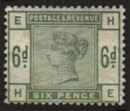
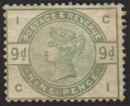
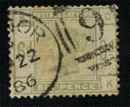
Later issues from the 1887 "Jubilee-set" and the King Edward VII stamps have similar problems with the green ink.
Here are some examples of this variety of faded stamp.
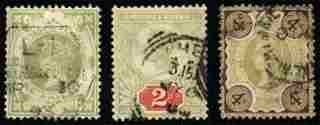
The change to blue on some issues
The ½d blue-green from 1900 and the 1½d from the 1887 "jubilee-issues" have another type of problem with the green ink.
In 1900 some printings were made with an ink mixture of Yellow Zink-Chromate and Prussian-blue. This mix produced green ink, but the
Zink-Chromate was easily washed out, causing the stamps to change from green to bright blue. It is quite often to be seen on the ½d stamps,
not so often on the 1½d stamp. Here is an example of the true green colour, and 2 stamps with the Zink-Chromate washed out.
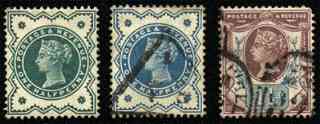
|
|